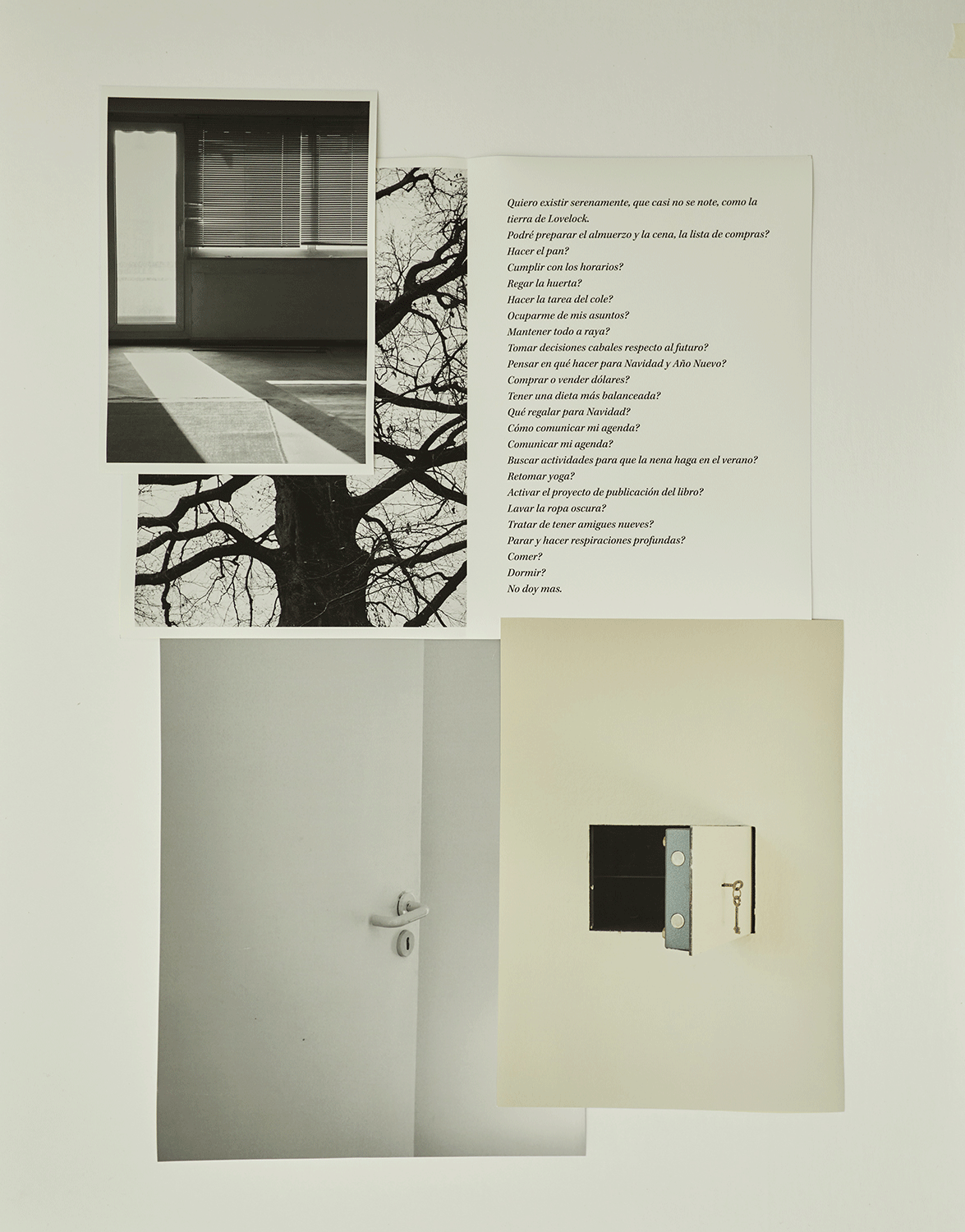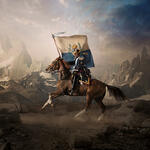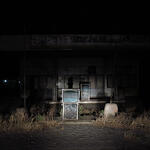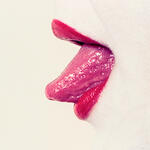DOLORES ESTEVE
Bio
Dolores Esteve
Córdoba, ARG.
She studied in the National University of Córdoba in the Art school.
Since 1999 she has exhibited her work in public, academic and specialized spaces in the country and abroad.
She works as a fashion and design photographer since 2001.
Her work dialogues with techniques, operations and speeches typical of her profession.
Her supports are photography, video, installation and written word.
Her work is part of the Museo Municipal Genaro Pérez and the Museo Provincial de Bellas Artes Emilio Caraffa (Córdoba).
In the year 2004 she was distinguished with the Premio Rioplatense de Artes Visuales Fundación Osde.
She published El Contenido Limitado del Mundo through Ediciones Documenta in 2016.
In 2017 El Espacio Exterior won a scholarship for the creation of the Fondo Nacional de las Artes.
In 2022 Ver de Verdad ( with Constanza Pellicci y Christian Román) won a scholarship for the creation of the Fondo Nacional de las Artes.
In 2022, she participated in the Nest (Maternar en Resistencia) residency in KarneKunst, Coswig-Anhalt, Alemania.
Statement
It is a challenge to find the support, the form and the context for ich idea.
There are ideas that is better to right them down, others to photograph and there are also other ideas more complex that are a sensation or a physical experience.
It is important also to see the context where those ideas will meet people so as to be read, looked, or experimented: in a museum waiting on purpose or camouflaged with other messages on public roads or in an unexpected place?
In the past I have tried with supports and forms of circulation that risked the idea going completely unnoticed but in the best of the cases, for those who would captured them would leave them with the question of whether what they had seen-felt was intentional or a subjective finding. A surprise effect or epiphanic.
I tried to remember what happened when I came across artistic expressions (?) without a previous script, without having read the curatorial text, not knowing if I had entered the museum through the back door, reversing the logical path, not sure if I was in an art gallery or on an editorial balance.
If the idea has to be displayed in the rooms of a museum, the preconceptions of how to travel it, the conventions of the montage, the interaction of the building with the sunlight. And thus wakeup – again in the best of the cases – new perceptions (spatial sensorial) of an already known place.
Before the staging of the idea, there is a time of research: readings, writings, conversations, movies, drawings and notes in noteboooks. And time, the time for ideas to settle and what is unnecessary becomes evident.
The best that can happened is that the idea with all its flaws and achievements, by reaching others, moves them. In the way of certain dreams that complete or rearrange the subjective puzzle.
Additional information
Es una serie de fotografías y textos que se combinan en cuatros marcos-caja.
El marco parece “atrapar” un proceso de ordenamiento de materiales, como en el proceso del armado de un libro o revista.
Las composiciones conservan esa sensación de impermanencia, de prueba y de duda previa a tomar una decisión definitiva que podría ser una edición final.
Las páginas, el orden y la relación entre texto e imagen aún no ha sido establecida o se presenta así, livianamente superpuesta.
Asimismo, podría tratarse de un borrador mental de fotos tomadas al pasar y elaboraciones mentales (hechas texto) como en el registro de un diario personal.
Fotonovela es una novela visual austera, sin despliegues intensos en los escenarios estandarizados y cansinos de una urbe. Los textos dan cuenta de las intensidades emocionales de una cotidianeidad atravesada de fantasmas, comunicaciones complejas y distopía.
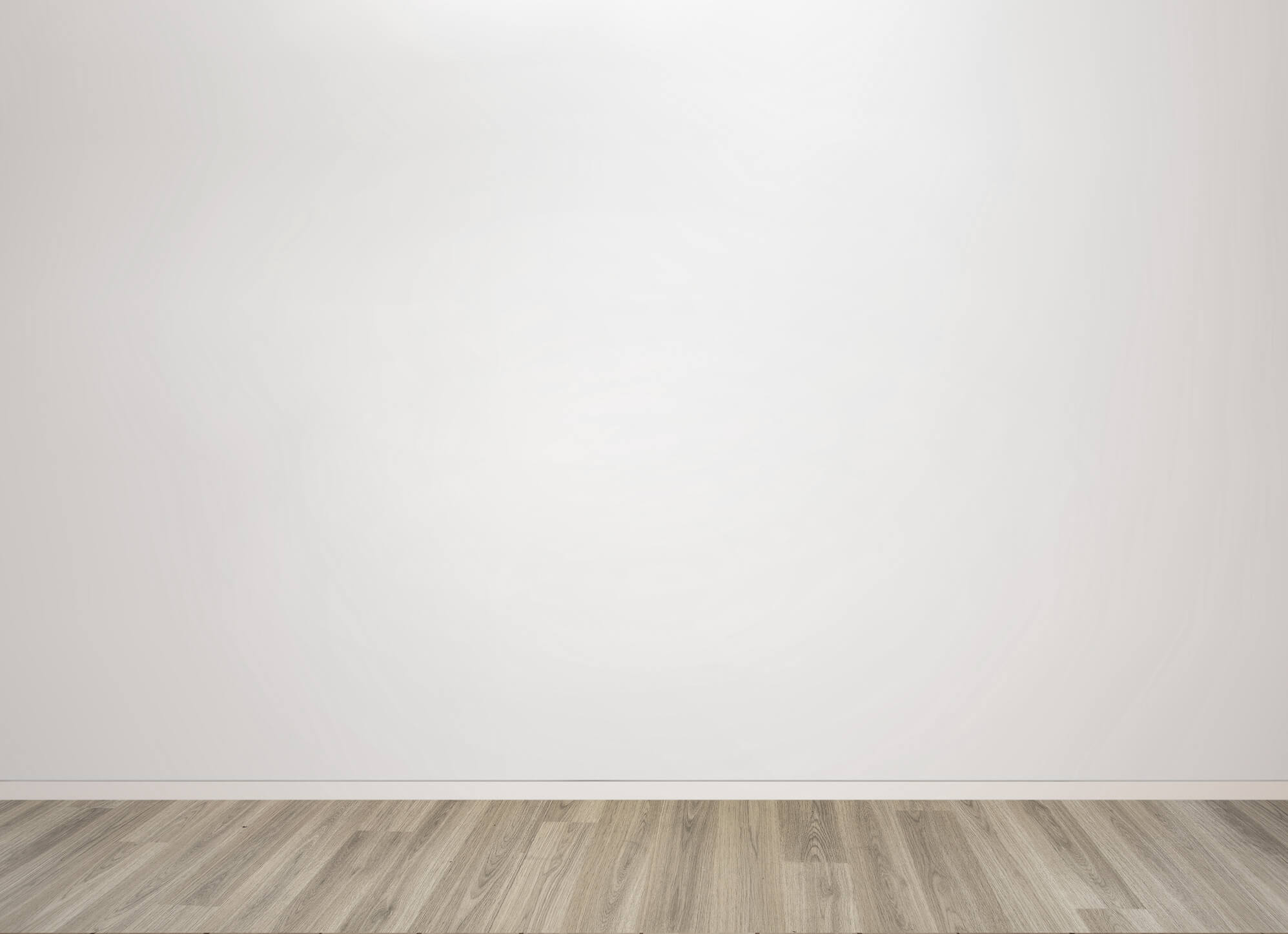

2.5 x 4m / 98.4 x 157 in
